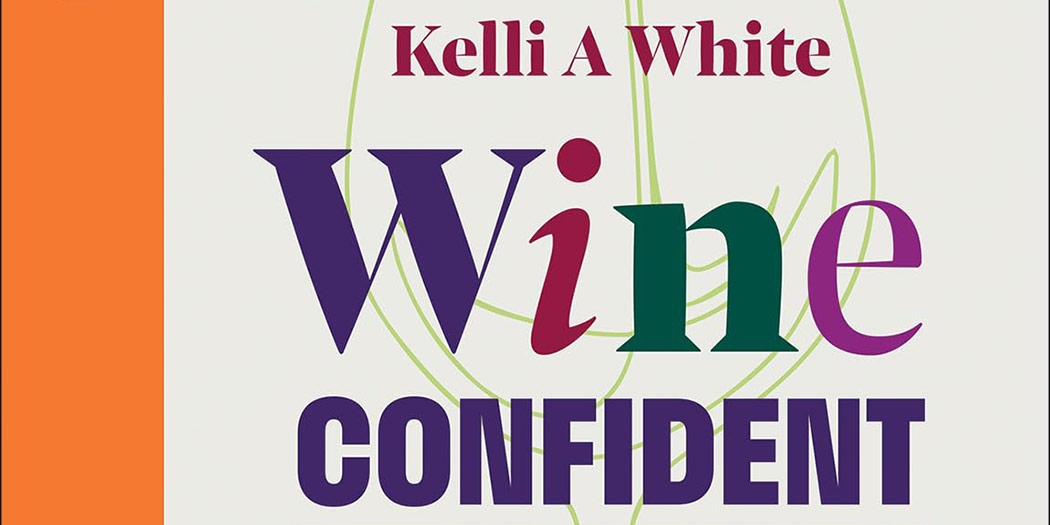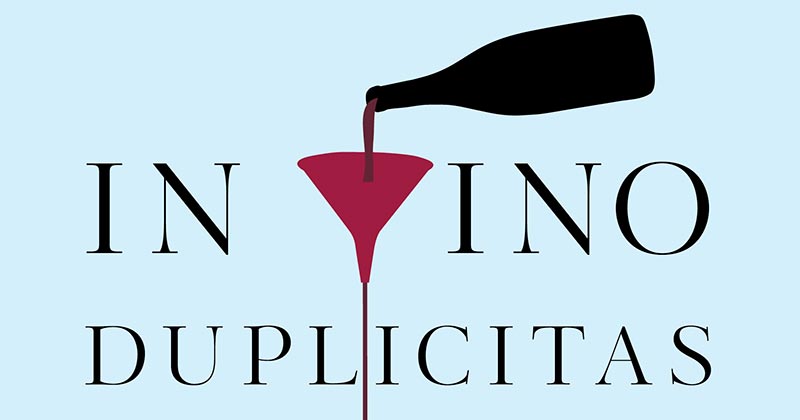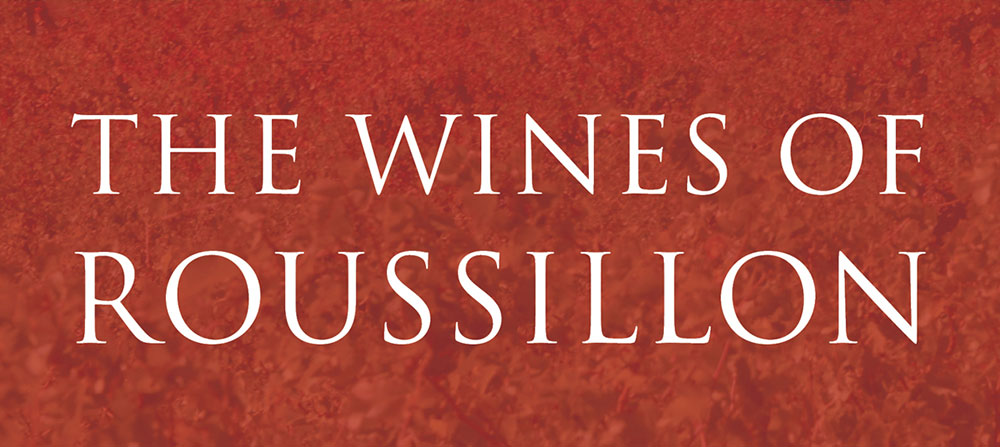Wine, is complicated. It’s for this that every time I turn around, there seems to be another book that claims to make it easy or is for “dummies” or is an illustrated children’s book for those of the legal age to drink. Honestly, I’m a bit tired of them all as wine, most definitely remains complicated.
This is why the newest book from Kelli White (author of Napa Valley Then & Now and Director of Education for The Meadowood), entitled, Wine Confident is a breath of fresh air in this otherwise crowded room. White has done something quite novel in this text, which is to look to that fine, frothy middle layer of wine drinkers, the “wine curious” as I like to call them, and write a book that speaks to their needs to learn more. All-the-while her text manages to walk a tightrope of not being too little nor too much and most importantly, not passing judgment at any point.
There was a smart decision to not open with the history of wine, but instead the action part of drinking wine. I admit this is a trope that most anyone who writes about wine falls into as it seems history can make everything more relatable, yet we forget that Star Wars opened with an intergalactic spaceship fight, not mopey Luke Skywalker on Tatooine grousing about the Empire.
From there, the chapters are peppered with fine asides that answer just about every question that anyone in wine has had tossed at them, such as asking about “the legs” or understanding the difference between aromatic vs. textural tasters (White and I are of the former and the latter camp, respectively) or the difference between sommeliers, Master Sommeliers, and Masters of Wine.
Tannins is a perfect example of a page that’s just right both in explaining what they are and giving concrete examples without boring the crap out of the regular winedrinker. Another great example is the section on “cork taint” which starts out great, although it gets a bit technical rather quickly, but that’s hard to avoid as it’s a very technical topic.
Another solid section is that discussing the aroma categories. While it’s four pages in length, it gets right to the point and speaks to White’s ability as talented aromatic taster. If I’d written this (as a textural taster), it would have been a great deal more terse and far less approachable.
While I agree about the part of shifting history further back, the chapter on “Buying Wine” should have been further to the front instead of resting at page 69. There’s such a wealth of great content in here and honestly, the buying of wine is what people reading this book are going to be doing more than anything else. On top of that, it’s a chapter that plays exceedingly well to White’s core strength of having come up through wine working as a sommelier. I really enjoyed the two pages in this chapter devoted to talking up local wine shops or, to use the French term, cavistes as it’s a segment of wine buying that people, especially in the US, need to come back around to.
A likewise relatable section that comes a bit further in is that on glassware as we’ve all really been upsold on the need to have different glasses for every type and region of wine when the reality is that one well-designed glass can truly rule them all. Again, White’s service experience (as well her being a lover of wine) shines here.
While the sections on making and growing wine towards the back feel nicely placed as being “further references” for people who want them, it’s interesting to see that the history chapter, when you get there, does feel a bit out of place, even still. White has done a fine job of writing it, but it’s quite plain to see that the wine world probably makes too big of a deal about wine’s history and it’s most palatable when peppered in as seasoning opposed to being a course on its own.
There’s really only one chapter that had me scratching my head a bit and that was, “Collecting Wine”. This is an immensely serious pursuit with various books out there devoted to it. It feels like in a upper-mid level book on wine, it’s perhaps a touch advanced? Then again, a number of the concepts are worth having as a reference, so I’m a bit torn as to how this content could have been reimagined. Perhaps others might have smarter thoughts than I for a potential second edition?
But overall, “Wine Confident” is a very fine reference that’s opened a new and much needed front in wine education books. It’s visually attractive, well-written, and very approachable, making it the perfect book for those who have moved on from the “dummies” segment and want to sink their teeth into something more meaty and fulfilling.
★★★★☆
Review copy provided by the publisher
Please also see the Complete List of Wine Book Reviews



